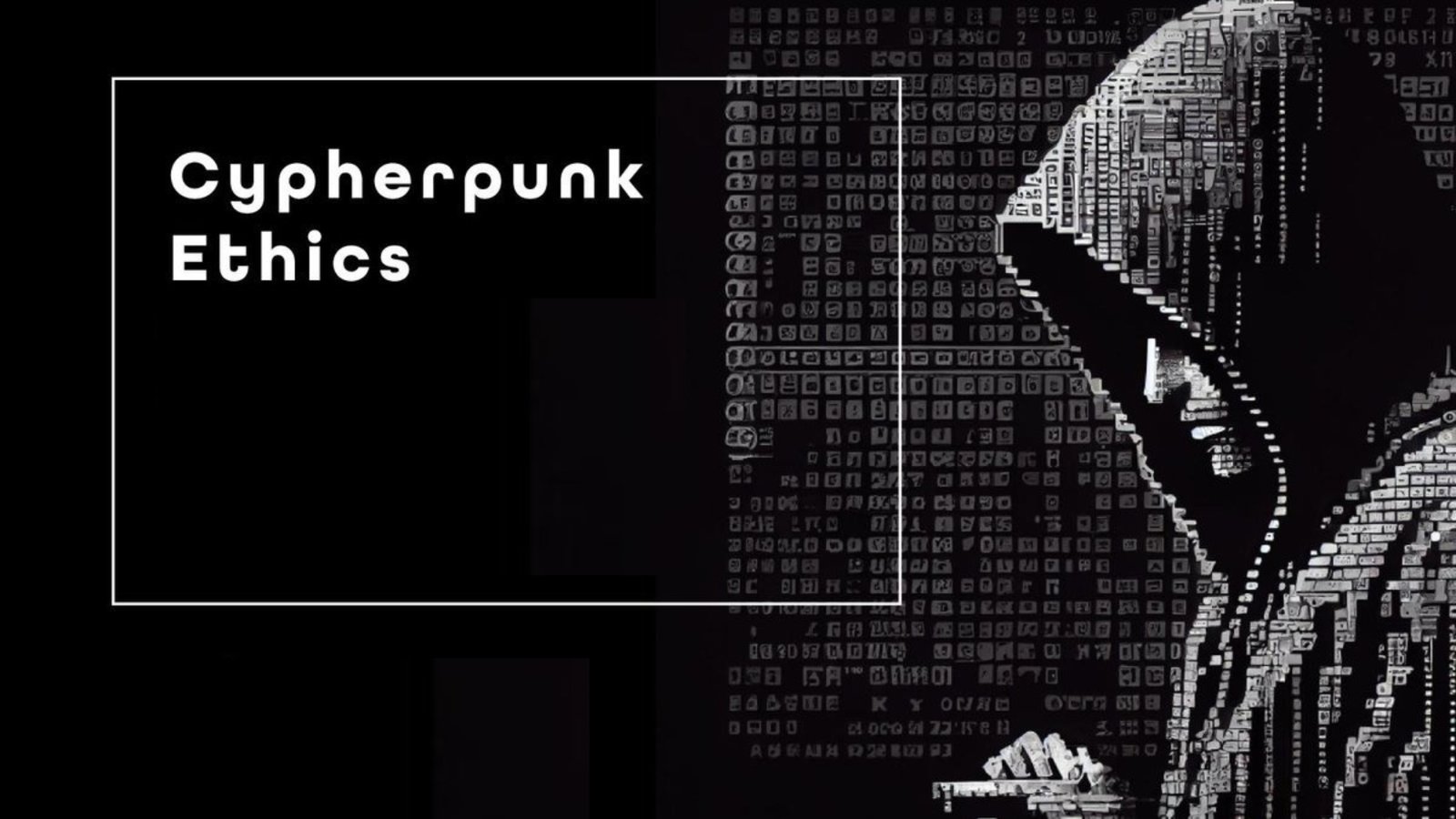
What is Cypherpunk? To protect individual liberties and promote a decentralized, open society, “cypherpunks” call for the broad use of strong encryption and privacy-enhancing technologies. The phrase “cypherpunk” is a portmanteau of the words “cipher,” meaning code or encryption, and “punk,” signifying the anti-establishment and DIY subculture.
The cypherpunk movement emerged in the ’80s and ’90s as a backlash against government surveillance, censorship, and free expression restrictions. According to cypherpunks, the ability to communicate covertly and anonymously is essential for maintaining personal autonomy and political freedom. They promote using encryption techniques like virtual private networks (VPNs) and public-key cryptography (PKC) to keep online communications and activities private and unobserved.
Several foundational technologies, such as blockchain and cryptocurrencies, owe much to the cypherpunk movement. Many cypherpunks were instrumental in creating and developing privacy-focused initiatives, including the Electronic Frontier Foundation, the Tor Project, and the Pretty Good Privacy (PGP) encryption software.
Who are Cypherpunks?
Many people who hold cryptography, privacy, and personal freedom in high regard are known as cypherpunks. Protesting, politics, law, and computer science are just a few of their areas of expertise. The cypherpunk movement has been linked to several famous people, such as:
- Timothy C. May: May was a computer scientist from the United States who helped launch the Cypherpunks mailing list in 1992. May was a fervent supporter of using cryptography to safeguard freedom and privacy.
- Julian Assange: Assange is an Australian journalist and activist who helped start WikiLeaks, a website disseminating stolen information from corporations and governments. Assange is contentious and has engaged in much legal conflict and political controversy.
- Phil Zimmermann is an American software engineer who developed the well-known email encryption program PGP. Due to PGP’s robust encryption, Zimmermann was under investigation by the U.S. government for allegedly breaking arms export rules.
- Computer engineer Wei Dai, a Chinese-American, is credited with developing the idea of “cryptocurrency” in 1998. Dai proposed employing encryption to build a decentralized digital currency independent of a centralized authority.
- Nick Szabo: Nick Szabo is a computer scientist from the U.S. who is credited with developing digital currency and smart contracts. Szabo is the inventor of Bit Gold, a forerunner of Bitcoin.
Is Cyberpunk the Same as Cypherpunk?
A cypherpunk novel is distinct from a cyberpunk one. The words “cyber” and “cipher” sound the same, yet they mean different things. Commonly, “cyber” denotes electronic communication systems, while “cipher” means secret code or encryption.
Cyberpunk is a subgenre of science fiction that emerged in the 1980s. It is characterized by a dystopian future where powerful corporations or governments use advanced technology for nefarious purposes. Characters in cyberpunk stories often operate outside the law while enhancing their physical talents or hacking into computer systems. The genre is set in a grim metropolitan environment.
On the other hand, the cypherpunk movement came into being in the 1990s; it was a social and political movement that emphasized the importance of using encryption and other forms of technology to protect individual liberty and privacy. Cypherpunks believes that communicating and doing business online without being monitored by corporations or governments is crucial to preserving personal autonomy and political freedom. Both cyberpunk and cypherpunk share a pessimistic outlook on the future, but cypherpunk focuses on using technology to create a decentralized and open society rather than predicting doom.
Is Satoshi Nakamoto a Cypherpunk?
What is Cypherpunk? For his role in creating and launching the Bitcoin cryptocurrency, Satoshi Nakamoto is widely believed to be a cypherpunk or at least deeply associated with the cypherpunk movement. Although the true identity of Satoshi Nakamoto remains a mystery, the pseudonym was used in a 2008 white paper outlining the concept of a decentralized digital currency dubbed Bitcoin. Many cypherpunks were on a cryptography mailing list that published the paper and were enthusiastic about it.
Incorporating several cypherpunk concepts into its architecture, Bitcoin ensures private and secure transactions through strong cryptography, allows users to transact without depending on a central authority, and allows them to achieve pseudonymity and anonymity.
The growth of Bitcoin has also aided the cypherpunk movement in its pursuit of digital autonomy, privacy, and security by creating new technologies. Satoshi Nakamoto’s work has inspired the development of new blockchain technologies and cryptocurrencies that could further the goals of the cypherpunk movement.
The cypherpunk movement and the creation of technologies that prioritize individual privacy and autonomy have been greatly influenced by the work done under the pseudonym Satoshi Nakamoto, whose true identity is still a mystery.
Ethics of Cypherpunk
A central tenet of cypherpunk ethics is that solid encryption tools are essential for individuals to regain data control. Furthermore, cypherpunk ethics acknowledge that encryption technology can be used for malicious purposes, including espionage or terrorism financing. Consequently, the demands for individual privacy and the need for public safety and security are at odds with one another.
Cypherpunk ethics seeks to resolve these competing ideals by highlighting the importance of accountability, openness, and moral application of encryption technologies. They advocate for developing publicly available, independently verifiable, secure, easy-to-use encryption. Furthermore, they emphasize the need for responsible usage, ensuring that encryption is not used to facilitate unlawful or otherwise harmful actions.
Lastly, cypherpunk ethics hold that privacy is an essential human right and that technological means exist to safeguard this right without endangering public or national security. Following these principles, cypherpunk has made a big splash in developing encryption tools that empower individuals to manage their digital lives and protect their privacy.
Future of Cypherpunk
For decades, members of the cypherpunk movement have spearheaded efforts to create tools and technology that improve users’ privacy. There are several technological developments and trends to watch that will affect cypherpunk in the future.
One development to watch is the increasing prevalence of distributed and decentralized systems. Blockchain and decentralized messaging services, among others, provide superior privacy and security by removing control hubs and making it harder for companies or governments to oversee and control user actions.
Next, keep an eye on how quantum-resistant encryption is progressing. Quantum computer attacks can still circumvent modern encryption systems despite their utmost security. In the coming years, the cypherpunk community will put a lot of effort into developing new forms of encryption that can withstand quantum attacks.
Finally, the growing reliance on AI and ML for data analysis and surveillance poses a significant risk to individuals’ privacy rights. Cypherpunks will have to develop new solutions, such as more secure algorithms that protect users’ privacy and ways to communicate anonymously to lessen the impact of these threats.








